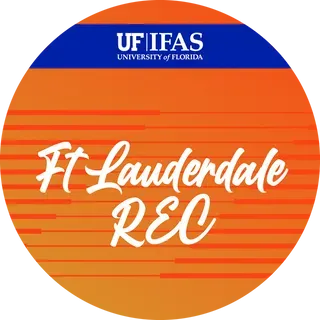Birding in Belize
Belize is the second smallest country in Central America, yet it has a stunning array of natural areas with a remarkable diversity of animals. Due to its relatively small human population and strong conservation ethics, nearly 75 percent of Belize remains in its natural state. Two-thirds of Belize is covered in forests, and half of its land and adjacent waters have been designated as protected natural areas. Belize is a wildlife enthusiast’s dream, where the observation of rare and unusual creatures in their natural habitat is still a reality.
This guide highlights some of the rare and more unusual raptors you might encounter while birding in Northern Belize. These raptors range from tiny and elusive owls to amazingly graceful and agile falcons to the imposing king vulture. This guide offers a selection of raptors that are only seen by the most patient and fortunate birders. One may not observe these raptors on every trip out, but the quest for the rare and unusual is what can transform a great day of birding into a truly extraordinary one.
Unique characteristics to look for while bird watching include body size (total length: LT), wingspan (WS), coloration, distinguishing markings, and flight style. Knowledge of habitat types and familiarity with unique call types also help with identification. While this factsheet has many useful tips, your local guide will be your best resource when searching for rare and elusive birds.
Stygian Owl
Asio stygius, LT 16 in, WS 43 in.
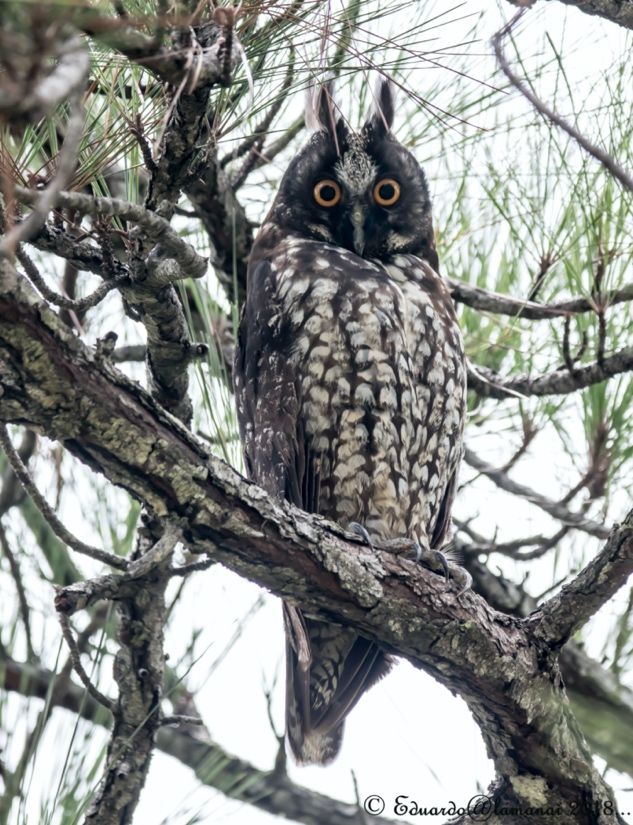
Credit: Jorge E. Ruano
Medium-sized dark owl with bold streaks on forefront. Has a blackish facial disk, yellow eyes, and a characteristic white diamond on forehead with close-set ear tufts. Elusive and most likely found in the sub-canopy of open pine forests. Lives throughout the pine belt but has only been recorded at Hill Bank and from Mountain Pine Ridge. Call is a soft and brief who, repeated in 3-second intervals in addition to a somewhat louder, high-pitched whoo.
Gray Hawk
Asturina nitida, LT 17 in, WS 34.5 in.
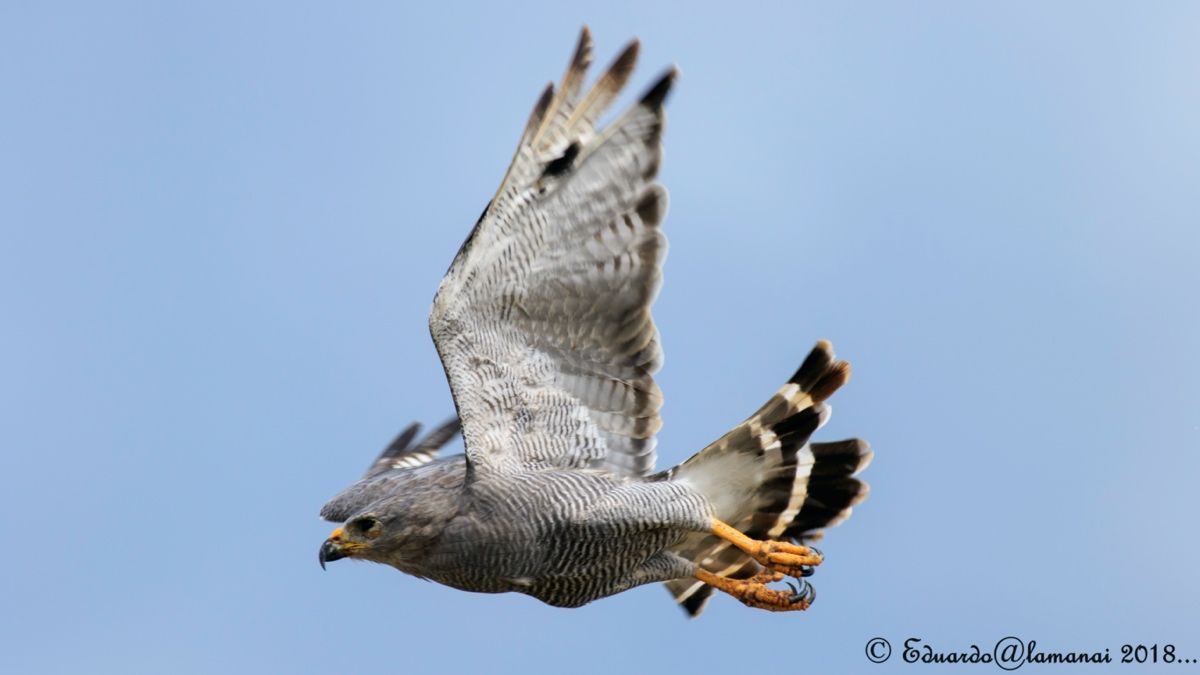
Credit: Jorge E. Ruano
Small and gray with finely barred gray and white undersides with a black tail with bold white bars. Pale underwings with black-tipped outer primary feathers. A neat and flat flight style. Usually found along forest edges, roadsides, and open country with scattered trees. Call is a high-pitched peeeeuur to kreeeeeah, louder and sharper in the beginning and tapering off at the end. Not very vocal.
White Hawk
Leucopternis albicollis, LT 20.5 in, WS 48.5 in.
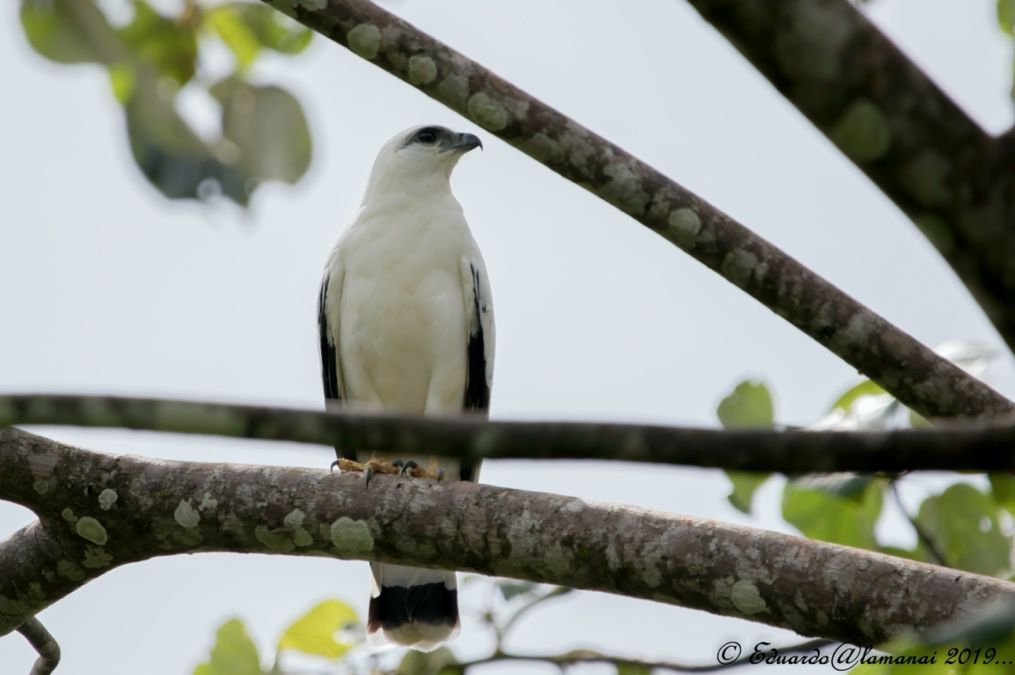
Credit: Jorge E. Ruano
Medium-sized hawk predominantly white with black wing tips and inner primary feathers. A bold, black bar runs across the base of the white tail, making for a handsome image. Can be found within the relative seclusion of forested habitats on the mainland. The call is a hoarse and shrill eeeeeeah.
Central American Pygmy Owl
Glaucidium griseiceps, LT 5.75 in, WS 8 in.
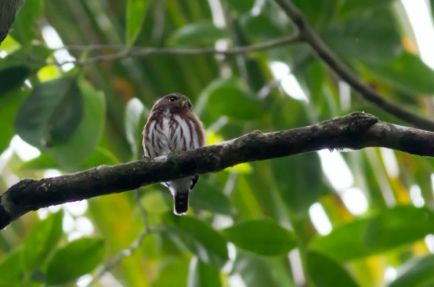
Credit: Jorge E. Ruano
Very small and a rich brown color with fine spots on head and wider spots on shoulders. The dark brown tail is marked by three or four distinct white bands on the underside and two to three white bars on upper side. Can be found in mid-level and sub-canopy of broadleaf forests. Call is a series of toe or toot notes repeated every 2 to 4 seconds.
Aplomado Falcon
Falco femoralis, LT 16.5 in, WS 34.5 in.
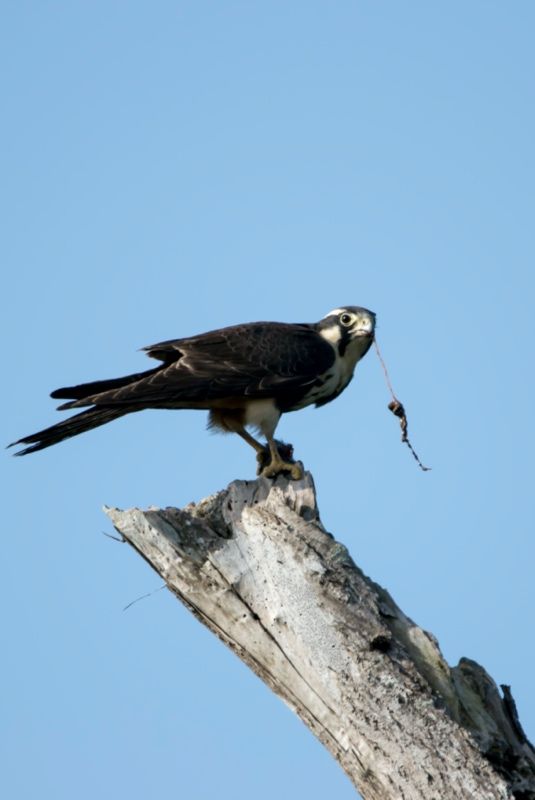
Credit: Jorge E. Ruano
Medium-sized falcon with a black back and pale undersides with thin black striping on lower breast and sides. Lower belly, thighs, and undertail are a cinnamon brown. Most notable is a white teardrop just below the eye and a narrow white postocular stripe. Inhabits savannas and occasionally other open fields. Call is a repeating, high pitched kee kee kee kee.
Laughing Falcon
Herpetheres cachinnans, LT 20 in, WS 34 in.

Credit: Jorge E. Ruano
Medium-sized falcon distinguished by a pale, buff-colored head and a prominent black eye patch. The body is two-toned with a dark back and a light underside, and the tail has alternating black and buff bands. The flight is direct, rapid, and marked by shallow wingbeats. Often sighted perching on exposed branches in forested and semiforested habitats. The signature laughing call is produced by male and female duets where each produces alternating ah or ha notes, increasing in frequency and intensity to a crescendo of repeated ah-ha, ah-ha, ah-has.
King Vulture
Sarcoramphus papa, LT 30 in, WS 72.5 in.
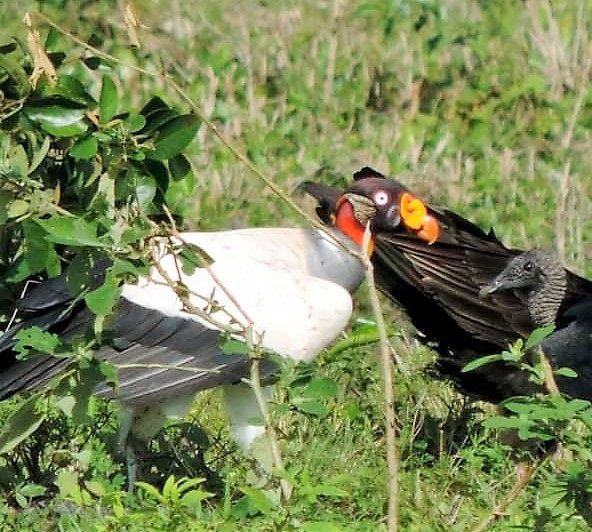
Credit: Jorge E. Ruano
Large, unmistakably white vulture with striking black wing tips and tail. Vibrant, bald, multicolored head with a fleshly orange caruncle (similar to a wattle) on its beak. It has a short, thick neck and bulbous bill. A scavenger, it often displaces other vultures at a carcass. Flight is slow and laborious appearing front heavy. Makes for a majestic soaring outline in the sky with flat, outstretched wings. Prefers open country but can also be found in patchy and contiguous woodlands. Usually, silent.
Hook-billed Kite
Chonrohierax unicinatus, LT 16.5 in, WS 34.5 in.
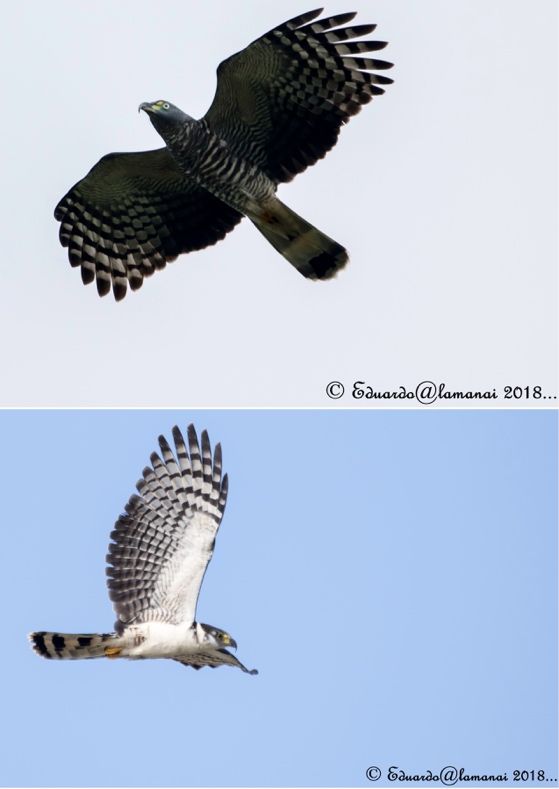
Credit: Jorge E. Ruano
Medium-sized raptor with extremely variable coloration. There are light, intermediate, and dark morphs with variations in plumage type based on age and sex. It has a strongly hooked beak with yellow-green flesh at the base and a yellow-orange spot between the eyes and beak. Legs and feet are yellow. While soaring, the broad, rounded wings are held slightly forward, with wingtips outstretched. It is found in primary and secondary growth forests, and along the forest edge. Call is a rapid and nasally cacaca-ca-ca-ca-ca ca ca ca ca ca ca ca ca, slowing and dropping in pitch at the end.
Great Black Hawk
Buteogallus urubitinga, LT 22 in, WS 50.5 in.
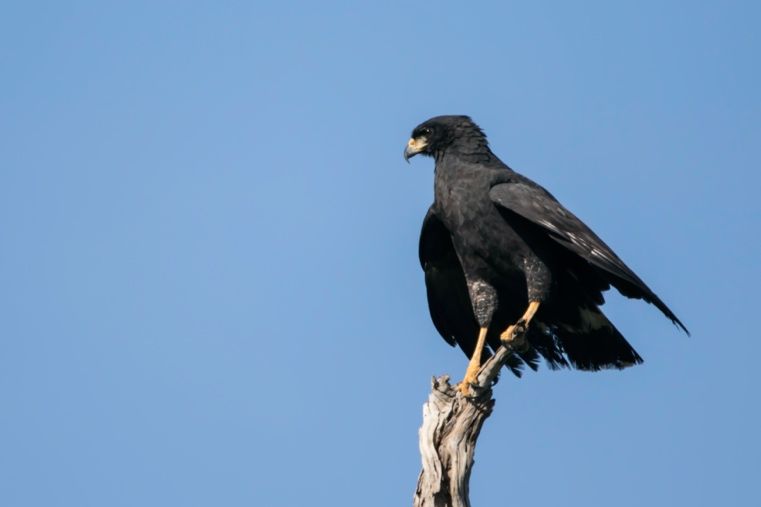
Credit: Jorge E. Ruano
Large raptor with dark, slate-gray coloration, appearing black from a distance. It has a strongly hooked yellow beak with longer yellow legs. Black thigh feathers are finely barred with white. It has a long tail that extends well past the wings with two white tail bands. Generally found in densely wooded areas and often near water in mainland Belize. Call is a long, uneven, and high-pitched currleeeeeeeee-aah.
For More Information Contact
LAMANAI FIELD RESEARCH CENTER
Indian Church VillageOrange Walk, Belize
Tel: 011-501-678-9785
Email: info@lamanai.org
https://www.lamanai.org/
crocdoc.ifas.ufl.edu
Reference
Jones, H.L. 2004. Birds of Belize. University of Texas Press, Austin, TX.
